
[excellent review] jinfeng cell ecology and tumor microenvironment academic forum
【wonderful review】
golden phoenix cell ecology and tumor microenvironment
academic forum
on may 7, 2024, hosted by jinfeng laboratory and chongqing key laboratory of hematology and microenvironment, the institute of clinical pathology of the army medical university, the hematology hospital of the chinese academy of medical sciences, and xinqiao hospital of the army medical university the "jinfeng cell ecology and tumor microenvironment academic forum" hosted by the hematology center and the chongqing-guangdong pathological research center was successfully held in jinfeng laboratory. in the academic exchange report, a total of eight experts reported on the recent phased research results. the main report content is now summarized as follows.
(arranged in order of reporting)
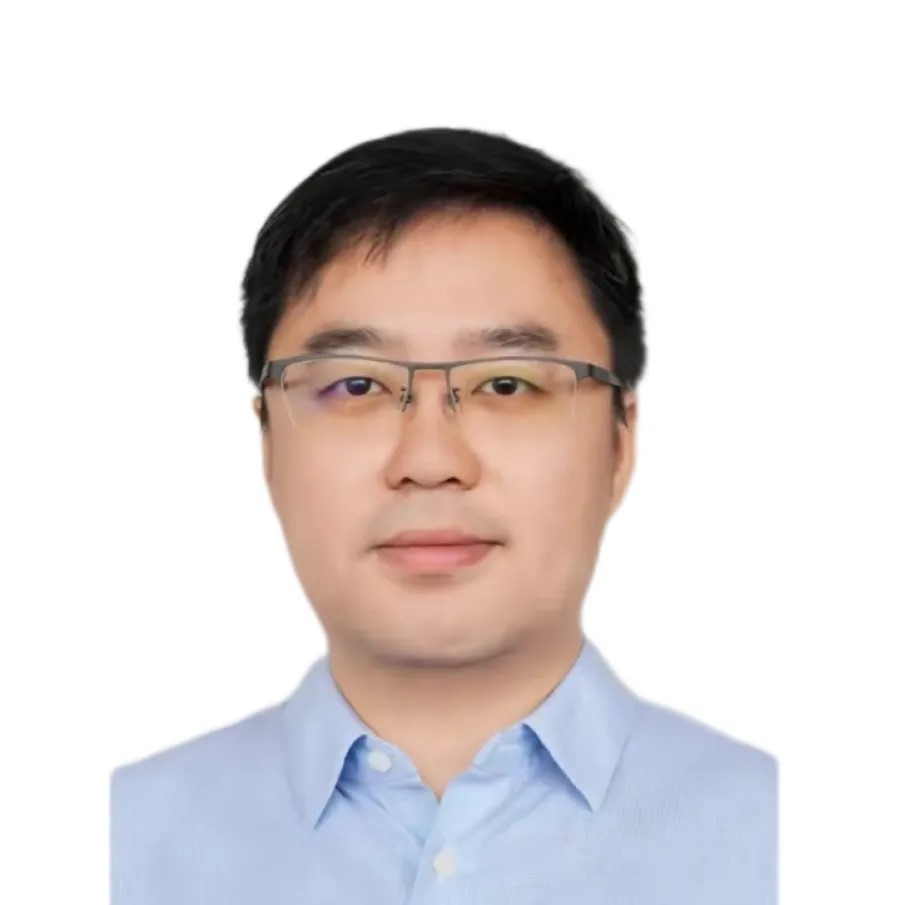
yu jia
deputy director, institute of blood transfusion, chinese academy of medical sciences
report title: "understanding and empowering stem cell biology and oncology with rna biology"
stem cell biology and hematological tumors are currently one of the most concerning frontier fields of science and technology. elucidating their regulatory mechanisms can provide important support for regenerative medicine and cancer treatment. professor yu jia's team uses rna as the entry point to conduct research on stem cell biology and hematological tumors, which has unique innovative advantages. for the first time, the rna splicing map of the entire development process of mouse hematopoietic stem cells (hscs) has been systematically depicted at the single cell level, and the key alternative splicing (endothelial-to-hematopoietic transition (eht)) process has been systematically described. alternative splicing (as) events and their upstream regulatory factors, and identified a new mechanism by which srsf2 promotes the occurrence of hscs by regulating hematopoietic cell-specific as events (fang wang, et. al. science advances, 2022.).
professor yu's team also systematically analyzed the expression characteristics of pseudogenes in multiple human tissues and their correlation with human diseases, revealing that the pseudogene hbbp1, located in the human β-globin gene cluster, plays a human-specific key in the development of red blood cells. regulate functions and evolve new regulatory methods that do not rely on maternal sequences. it proposes a new concept that human-specifically expressed pseudogenes may participate in the evolution of human-specific traits. it is also found that pseudogenes with different origins have huge differences in their modes of action. this is a pseudogene. provide important reference for research on gene function mechanism (yanni ma, et. al. developmental cell, 2021.).
finally, professor yu highlighted his team’s latest research results on the role of rna translation in hematological tumors.
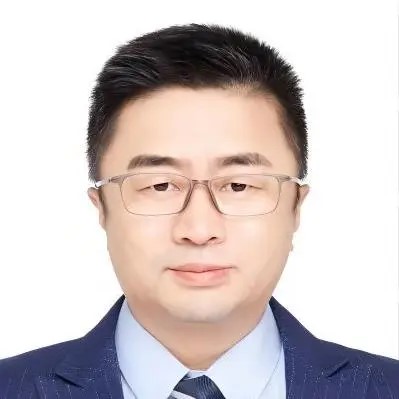
jiang erlie
director, stem cell transplantation center, hematology hospital, chinese academy of medical sciences
report title: "clinical research and application of stem cell transplantation"
from a clinical perspective, professor jiang erlie discussed the clinical dilemmas faced in the entire process of hematopoietic stem cell transplantation and the improvement directions for each aspect of transplantation. regarding the hsct pretreatment process, professor jiang's team pioneered the addition of dec and ida to the myeloablative transplantation pretreatment regimen for mds and mds/mpn patients, proving the feasibility and effectiveness of this improved regimen (doi:10.1097/ cm9.0000000000002963). in addition, professor jiang's team tried to incorporate venetoclax and decitabine into the myeloablative conditioning regimen for elderly patients with myeloid tumors (doi:10.1007/s00277-023-05500-2). for the prevention and treatment of graft-versus-host disease (gvhd) after hsct, professor jiang's team is the first in the world to establish a dynamic machine learning model for early prediction of acute gvhd and discover new clinical features and biological features related to acute gvhd. markers to achieve more precise prevention and treatment of acute gvhd (doi:10.1038/s43588-022-00213-4). in addition, professor jiang's team was the first in the world to map the immune reconstitution pathway after transplantation, revealing the impact of the immune reconstitution pathway on patient prognosis and the factors that affect the immune reconstitution pathway (doi:10.1002/ajh.26792).
professor jiang's team also found that the early platelet change trajectory after transplantation can be used as a predictor of severe acute gvhd, and that a low platelet trajectory is an independent risk factor for severe acute gvhd (ebmt 50th annual meeting, b071). professor jiang pointed out that in addition to blood system diseases, hsct, especially autologous hsct, can be used in solid tumors such as neuroblastoma, germ cell tumors, ewing's sarcoma, small cell lung cancer, etc., as well as autoimmune diseases such as multiple sclerosis, systemic sexual sclerosis, crohn's disease, etc. are used. in addition, hsct can be combined with new treatments, such as car-t therapy bridging hsct, belintuzumab, ino monoclonal antibody therapy bridging hsct, etc.
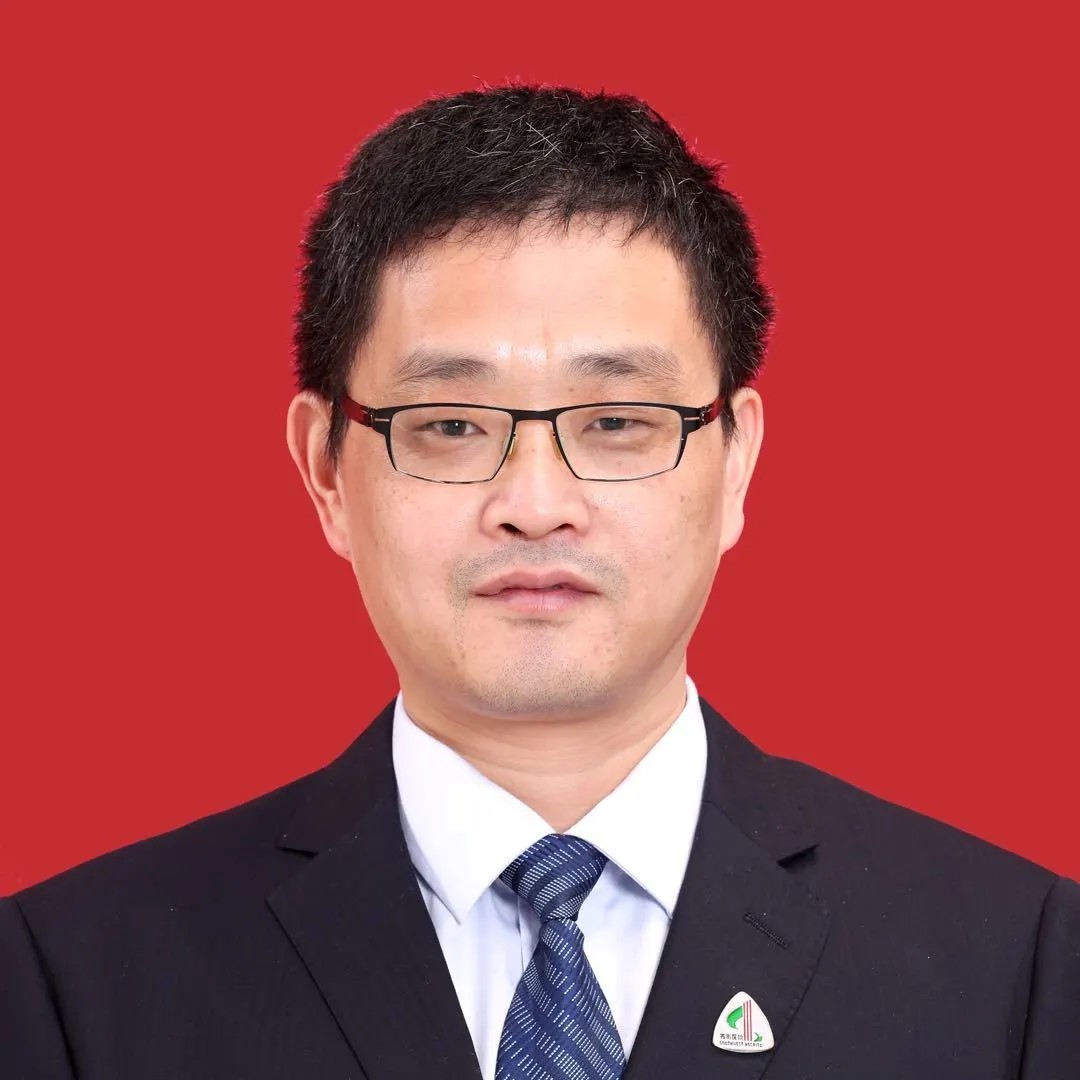
liu xindong
professor of the institute of pathology, the first affiliated hospital of army medical university, pi of jinfeng laboratory
report title: "beyond b cell help, the other perspectives for tfh cells"
research by professor liu xindong’s team revealed new subpopulations of follicular helper t cells (tfh) in germinal center (gc) reactions, namely sostdc1+ tfh and dnase1l3+tfh cell populations, and how these subpopulations affect humoral immune responses and self development of immune diseases. research by professor liu's team found that sostdc1+ tfh cells have different functions from classic tfh cells. they do not help b cells produce antibodies, but promote the differentiation of follicular regulatory t cells (tfr) by secreting sostdc1. through this mechanism, sostdc1+ tfh cells prevent the occurrence of antibody-mediated autoimmune diseases while maintaining normal humoral immune responses. this discovery provides new ideas for vaccine development and treatment of antibody-mediated autoimmune diseases. professor liu's team also found that deletion of sostdc1 led to an increase in the number of b cells and a decrease in the number of tfr cells, indicating that sostdc1 plays a key role in tfr cell differentiation. further studies have shown that sostdc1 affects the differentiation of tfr cells by regulating the wnt/β-catenin signaling pathway; this provides new insights into the molecular mechanism of tfr cell differentiation. in addition, the team found that the dnase1l3+tfh cell population promoted the production of high-affinity autoantibodies in the sle (systemic lupus erythematosus) model and led to abnormal clearance of apoptotic b cells. this finding suggests that dnase1l3+tfh cells may be related to some autoantibodies. the occurrence and development of immune diseases are closely related.

chen junren
researcher, information and resource center, hematology hospital, chinese academy of medical sciences (institute of hematology)
report title: "blood ecology and data modeling"
with the theme of "blood ecology and data modeling", researcher chen junren described his vision of developing new mathematical theories and new computational frameworks focusing on diagnosis and treatment problems, and promoting the modernization of chinese-style medical care. shared research work on using dynamic machine learning models to predict the occurrence of severe acute gvhd after allogeneic hematopoietic stem cell transplantation. the prediction model dagoat developed by his team incorporates multi-dimensional and dynamic data into the model and has been used in clinical prospective research (nat comput sci . 2022 mar;2(3):153-159.). his team developed the first method to quantitatively track and evaluate the progress of immune reconstruction after hematopoietic stem cell transplantation. it used an unsupervised machine learning system to analyze the data of a total of 1,828 transplant patients in tianjin and hefei, and built a post-transplant immune reconstruction path evaluation calculator skirt to solve the problem. three key technical issues have been addressed: visualization of immune reconstitution pathways, quantification of average immune reconstitution pathways based on large cohort analysis, and quantification of immune reconstitution differences between people (am j hematol. 2023 feb;98(2):309-321.). their research found that stem cell transplantation is likely to have no dose threshold and has the potential to rewrite the dose standard for cd34-positive cells in hematopoietic stem cell transplantation (leukemia. 2023; 37(10): 1963–1968.). shared a new method for residual disease analysis in leukemia, and proposed for the first time the use of the minimax regret method to evaluate measurable residual disease (mrd) results, which can more accurately determine the patient's probability of leukemia recurrence (leukemia. 2023 nov;37(11):2168-2172; leukemia. 2024 jan;38(1):219-220.). based on large-scale literature search and analysis, it was found that for most cancers there is no strong evidence to support the intensification of treatment for mrd-positive patients. his team is also conducting mathematical framework research to analyze what conditions mrd needs to meet in order to be used as a replacement for recurrence rate in clinical trials. surrogate endpoint.
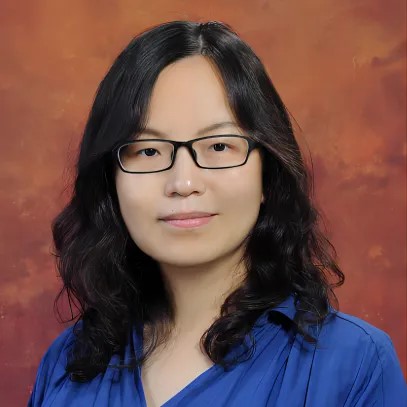
ping yifang
chief physician of the pathology department of the first affiliated hospital of army medical university and pi of jinfeng laboratory
report title: "glioma vascular microenvironment"
pericytes play an important role in maintaining normal blood-brain barrier structure and function. however, little is known about pericyte function in tumor angiogenesis. professor ping yifang's team analyzed glioblastoma clinical samples and databases and found that glioblastoma patients with abundant perivascular cells have poor response to temozolomide (tmz) and have shorter survival times. because glioma stem cells are an important source of vascular pericytes in glioblastoma, the team used the desmin-promoter-tk model to knock out the vascular pericytes transdifferentiated from glioma stem cells, and the glioma transplanted tumors were sensitive to temozolomide. sex increased, and tumor volume decreased significantly. further studies found that there was no significant difference in the concentration of temozolomide in glioblastoma transplanted tumors and in the plasma of tumor-bearing mice after removal of vascular pericytes. this suggests that the mechanism by which perivascular cells promote temozolomide resistance in glioma cells is not through barrier effects. to further explore the mechanism by which perivascular cells promote temozolomide resistance in glioblastoma, the researchers isolated and cultured human glioblastoma pericytes in vitro and demonstrated that perivascular cells function through paracrine effects. through rna sequencing, we found the cytokine ccl5 that is highly secreted by vascular pericytes, and through experiments such as immunofluorescence, western blotting, flow cytometry, and comet assay, we proved that vascular pericytes activate glioma cell ccr5 and downstream akt-dna- by secreting ccl5. the pkcs signaling pathway promotes dna damage repair, thereby allowing tumor cells to escape the killing effect of temozolomide.
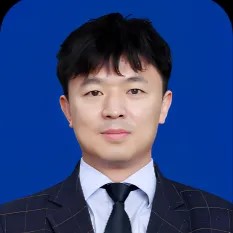
wang hong
researcher, hematology hospital, chinese academy of medical sciences (institute of hematology)
report title: "mass spectrometry proteomics technology research and development and blood ecology"
researcher wang hong and his collaborative team were the first to propose the concept of "blood ecosystem" internationally, and further explained the blood ecology based on previous research results. taking the team's latest blood ecology research on systemic diseases as an example, the advantages of the new blood ecology research paradigm compared to traditional research models were analyzed. researcher wang hong introduced that blood ecology research advocates studying diseases from the entire "face", emphasizing the correlation, dynamics, and integrity of the various elements that make up blood ecology, and can comprehensively analyze a disease from the molecular level and the component level at the same time.
subsequently, researcher wang hong systematically introduced three new methods recently developed: micro-cell surface proteomics technology (mainly used to discover new immunotherapy targets in clinical research), micro/trace proteomics technology, and single-cell protein omics technology. these three types of cutting-edge innovative technologies have great potential to solve some key scientific issues in the development of biomedicine, such as guiding individualized precision targeted therapy, exploring the resistance mechanism of targeted drugs and the development of drug combination strategies, and analyze the blood ecology of systemic diseases.
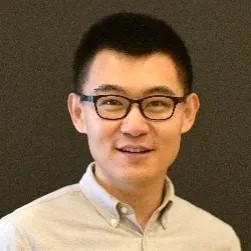
shigure
department of pathology, first affiliated hospital of army medical university
deputy chief physician, associate professor
report title: "tumor-associated macrophages and tumor hypoxic microenvironment"
tumor-associated macrophages (tams) are the main immune-infiltrating tams in malignant gliomas and directly interact with malignant cells to promote tumor progression. therefore, tam has become an attractive therapeutic target. professor shigure's team used single-cell multi-omics technology to draw the mo-tam spatial map of malignant glioma and found that hypoxic and necrotic areas are highly enriched in hypoxia-tam subpopulations, and in vitro human peripheral blood mononuclear cells and mouse bone marrow macrophage model was used to analyze the effects of tumor factors and hypoxic factors in the hypoxic and necrotic area of malignant glioma on inducing the polarization of monocytes towards the hypoxia-tam phenotype. subsequently, through integrated multi-omics analysis of bulk transcriptome, proteome and glycolytic metabolites, we systematically screened and identified cysteine-rich acidic secreted proteins and low-level secreted proteins produced by glioma cells in the hypoxic and necrotic microenvironment. oxygen-induced lactate production is a key mechanism for the polarization of hypoxia-tam subpopulations, confirming that the two factors synergistically induce p50 in mo-tam to enter the nucleus and enhance the transcription of hypoxia-tam core phenotypic genes.
in view of the large number of newly formed microvessels surrounding the hypoxic and necrotic lesions of malignant gliomas, the team further analyzed the effect of hypoxia-tam on angiogenesis and the structural integrity of microvessels, and found that hypoxia-tam is responsible for inducing high leakage of microvessels in malignant gliomas. for important reasons, targeting hypoxia-tam was established to induce glioma vascular normalization. in braf-v600e mutated human glioblastoma xenografts, it was confirmed that the adrenomedullin antagonist combined with the braf small molecule inhibitor dabrafenib can increase the intratumoral perfusion of dabrafenib and more effectively inhibit tumor growth and prolonging the survival of tumor-bearing mice are expected to be used to promote the development of new immunotherapy strategies and new anti-tumor angiogenesis strategies targeting tams from different sources and functions in gliomas.
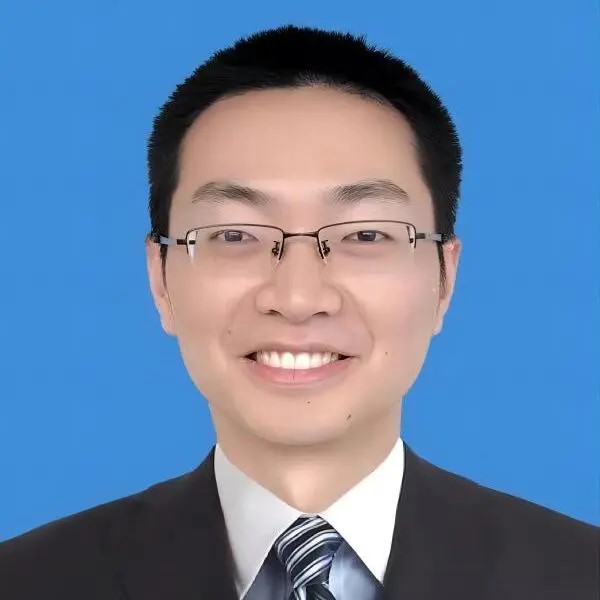
shen jun
associate researcher, hematology hospital, chinese academy of medical sciences (institute of hematology)
report title: "regeneration strategies and anti-tumor applications of new immune cells"
human pluripotent stem cells (hpsc) have self-renewal and multi-lineage differentiation potential and are easy to gene edit. they are ideal seed cells for functional immune cell regeneration and medicine. however, low differentiation efficiency in vitro and weak function in vivo are important bottlenecks currently limiting the application of hpsc immunotherapy. in order to accelerate the application of hpsc tumor immunotherapy as a drug, it is urgent to further improve hpsc differentiation efficiency and greatly improve its in vivo efficacy.
focusing on "efficiency" and "drug efficacy," associate researcher shen jun's team developed a variety of hpsc-based efficient differentiation technologies for immune cells, and further constructed hpsc-derived car-t by combining it with chimeric antigen receptor (car) technology. /nk/macrophage is used for targeted tumor therapy. in view of the macrophage (macrophage, m) has great potential in the treatment of solid tumors. associate researcher shen jun focused on sharing their team’s latest research progress in hpsc-car-m, including 1) developing a monolayer-based in vitro induced differentiation system. the traditional differentiation system can increase the differentiation efficiency by more than 100 times; 2) hpsc-derived macrophages are similar to peripheral blood macrophages and have phenotypic and functional plasticity. , and has strong phagocytic activity and pro-inflammatory factor secretion potential; 3) through car structural screening, hpsc-car-m with sustained and stable high expression of car was obtained; 4) the persistence and invasiveness of hpsc-car-m were tracked in vivo ;5) it has been confirmed in various tumor models that synergistic activation of innate-adaptive immune responses can enhance the anti-tumor effect of hpsc-car-m.
- About Us
-
Research Platform
- Major Disease Sample Database
- Innovative Drug Verification And Transformation Platform
- Experimental Animal Center
- Life And Health Future Laboratory
- Biomedical Imaging Platform
- Cell Multi-Omics Platform
- Pathology Technology Platform
- Bioinformatics Research And Application Center
- Jinfeng Pathology Precision Diagnosis Center
- Research Team
- Information Center
- Join Us


 渝公网安备50009802002274
渝公网安备50009802002274